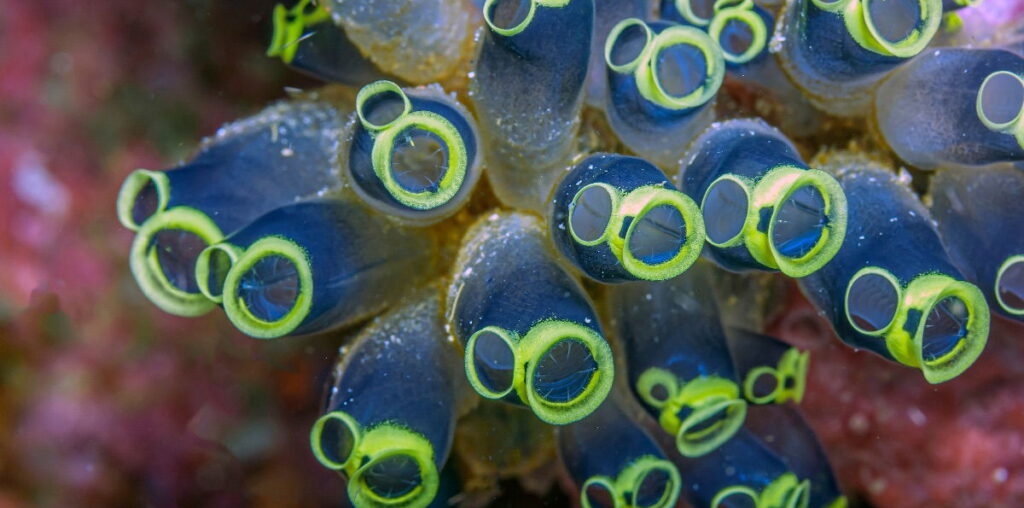
A new protein source made from a tiny marine organism called Ciona or ‘sea squirt’ is taking Norway’s food industry by storm and is being successfully tried and tested in many family favourite meat dishes.
Far from the typical household favourite – the McDonald’s beefburger – or from any Michelin-starred variety made from million dollar beef, what if we told you that a new variety of ‘meat’ was coming to town? And not only burgers!
Tuna and salmon burgers might seem a little fishy to live up to the title, but they can just about get by. The same can be said for bacon-flavoured doughnuts. However, Norway has taken things just that bit further into the world of peculiar.
Sea squirts: new type of sustainable protein
At a seaside restaurant, near the docks in Fredrikstad, Norway, chefs are experimenting with a new type of protein. Yes, that’s right, protein-lovers. This innovative and sustainable protein is destined to be the next big thing with talk of hitting supermarket shelves in Norway and Sweden before the end of the year.
So, the big question. What is it made from? Well, no other than ‘sea squirts’ – otherwise known in the science world as ciona. These odd-looking creatures are naturally rich in protein and with the help of Pronofa Asa, a Scandinavian company and Swedish research company Marine Taste, they are finding a new place on the kitchen table as an alternative for ground beef or any other type of quintessential mincemeat, including pork or chicken.
‘Meat’ made from ciona (sea squirts) may hit Europe’s supermarkets
Strangely, this critter can be farmed and processed to use for fish food, animals and now, (apparently) for humans. As unbelievable as it may seem, they are making quite a stir in the culinary world and may even be making their way across European supermarkets and restaurants quicker than they can be sourced from the seas. Hans Petter Olsen, the CEO of Pronofa expands on why this marine life is becoming so popular for the sustainable food industry, despite its challenges. He said: ‘The sea squirt is the only organism that produces 100% pure cellulose.’ He added: ‘So there are some fibres in the meat and we had to work on how to process them so the mouthfeel would be similar to meat.’
Sea squirts taste like umami with a texture of calamari
The tiny creatures, which taste like umami and feel like calamari (squid), feed through filtering nutrients from seawater and can grow on any solid oceanic surface. They produce a minimal carbon footprint and to top it off, taste like family favourite grub. The UK also appears to want a bite of the action. In October, the Food Standards Agency said that cell-cultivated meat could be on sale in the UK within a few years with other countries already approving similar products.
How to turn sea squirt into a chilly con carne
So what exactly does the process of turning sea squirt into an edible delicacy entail? The transformation to fake meat involves no additives. Sea squirts are translucent tubes that resemble gelatinous sacs, yet sustainable processing methods allow them to be reborn into surprisingly traditional recipes. Not only that but their negative reputation of ‘invasive species’ has been revolutionized into a protein-rich, meat-tasting product competing with high-end companies like Beyond Meat and other meat replacements. The only drawback, getting rid of that faint ‘marine’ taste!
Norway’s vision now is to continue expanding their range of food possibilities and marketing their quirkily-innovative products further across the globe.

